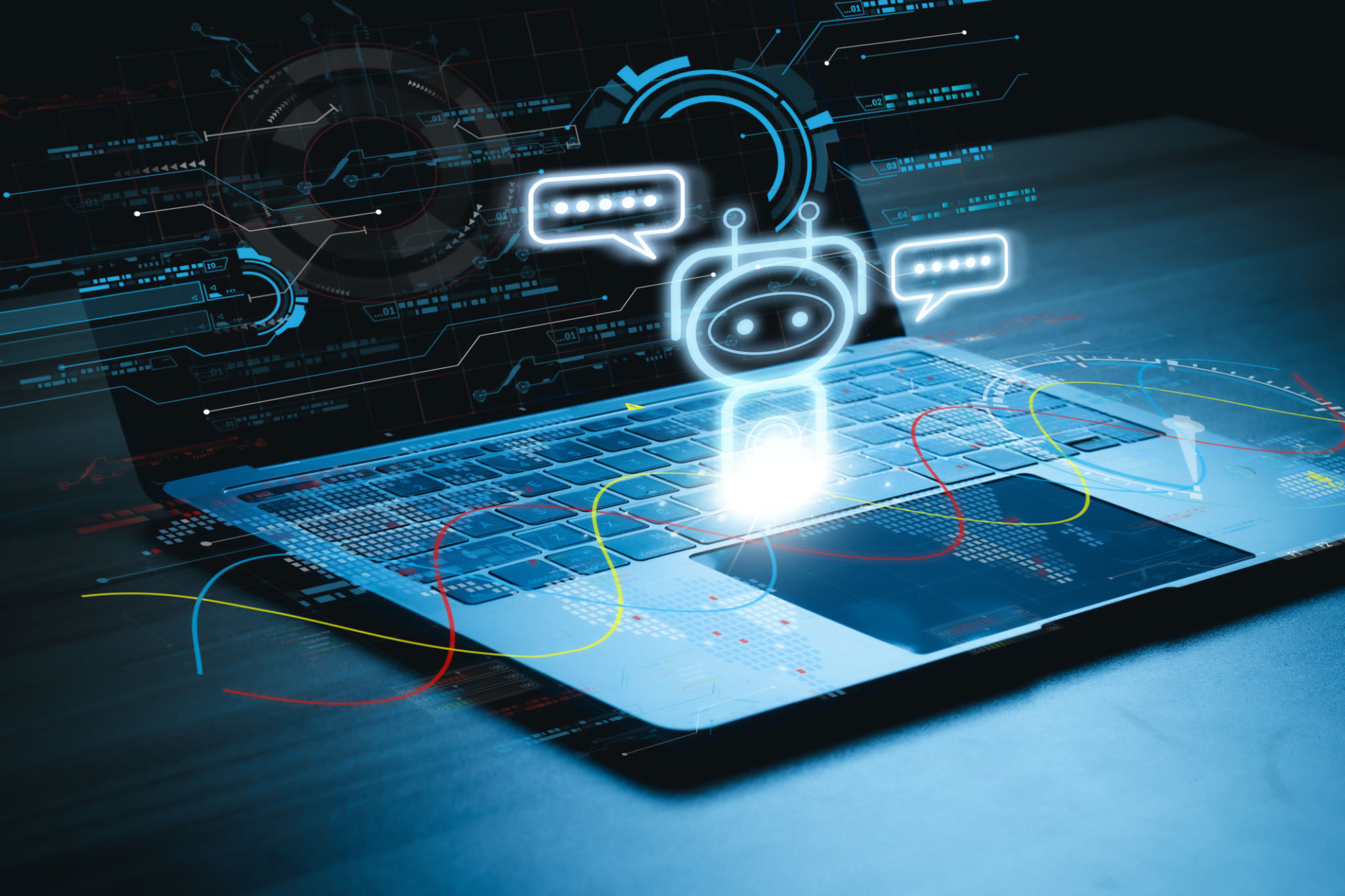A Step-by-Step Guide to Implementing AI Chatbots for Local Businesses
Understanding the Importance of AI Chatbots for Local Businesses
In today's digital age, local businesses are increasingly adopting AI technology to enhance customer experiences and streamline operations. One of the most effective tools in this domain is the AI chatbot. By providing instant responses and 24/7 availability, chatbots can significantly improve customer satisfaction and engagement. Implementing these virtual assistants can help local businesses stay competitive and modernize their customer service approach.

Identifying Your Business Needs
Before implementing an AI chatbot, it's crucial to identify the specific needs of your business. Consider the common queries your business receives and the tasks that could be automated. Understanding these requirements will help in choosing the right chatbot solution that aligns with your business goals. Whether it's handling customer inquiries, booking appointments, or providing product information, a well-defined purpose is key to successful implementation.
Evaluating Available Platforms
With a clear understanding of your needs, it's time to evaluate the available chatbot platforms. There are several options, ranging from simple rule-based bots to sophisticated AI-driven solutions. Popular platforms include Chatfuel, ManyChat, and Dialogflow. Each offers unique features and capabilities, so it's essential to compare them based on ease of use, integration capabilities, and pricing.
Designing Your Chatbot Conversation Flow
The conversation flow is a critical aspect of any chatbot. It defines how the bot interacts with users and addresses their queries. Start by mapping out potential user interactions and responses. Aim for a natural and engaging tone that reflects your brand's voice. Incorporate features like quick replies, buttons, and multimedia elements to make the interaction more dynamic and user-friendly.

Implementing and Testing Your Chatbot
Once the design is finalized, it's time to implement your chatbot on your chosen platform. This involves setting up the conversation flow, configuring integrations, and ensuring that the bot can handle various user inputs effectively. Testing is a critical phase in this process. Conduct extensive testing to identify any issues or areas for improvement. Invite team members or a small group of customers to interact with the bot and provide feedback.
Launching and Monitoring Performance
After successful testing, you’re ready to launch your AI chatbot! Announce its availability through your marketing channels to ensure customers are aware of this new feature. Once live, continuously monitor its performance using analytics tools provided by your chosen platform. Track metrics such as user engagement, response accuracy, and customer satisfaction to assess its impact on your business.

Continuous Improvement and Updates
An AI chatbot is not a set-it-and-forget-it solution. Regular updates and improvements are necessary to keep it relevant and effective. Pay attention to user feedback and emerging trends in AI technology to enhance your chatbot's capabilities. Incorporate new features as needed and ensure that your bot remains an asset to your business operations.
Embracing the Future of Customer Interaction
Implementing an AI chatbot can be a game-changer for local businesses looking to enhance customer interaction and streamline service processes. By following a structured approach—understanding needs, designing effectively, testing thoroughly, and monitoring performance—you can harness the full potential of this technology. As AI continues to evolve, staying updated with new developments will help maintain a competitive edge in the market.
